DOINA KRAAL
Opening May 24th. From 5 till 8 pm
*Onafzienbare vertes
By making installations, using projections and photographic sculptures, Doina Kraal creates a world for the viewer to step into. An ephemeral world comes into being in which recognizable elements, such as everyday objects and ordinary situations are brought together with seemingly impossible and unusual ideas.
For her first solo exhibition in Amsterdam, Kraal got into her grandparents and great-grandparents photographic archives. Photography seems to serve well as a pure way to represent reality. It shows us that, which is visible to all of us, the uppermost, most accessible layer of reality. Tourist photography is in the first place more a process of confirmation rather than of discovery.* The tourist gaze might be seen as insignificant or even banal, but because these photographs were taken in an unconstrained, ingenuous and sincere way, they are very suitable as material for new images. Also, some photographs and slides are so old that they started to lead their own life, colours and lines have faded and the images are no longer the snapshots they once were.
The archives are full of holiday photographs, which play an important role in the exhibition. Kraal has made a selection by isolating certain elements of the pictures to thus place them in a new context. Through the assemblage of different realities, uncommon, artificial surroundings come into existence, which are nevertheless recognisable as the world as it appears to us.
Several mountain landscapes have been brought together in a wing stage-like installation and through this juxtaposition they form a new complex landscape; a theater for your head. In many pictures, taken in villages and cities, strangers have been photographed unintended. These ‘Extras’ are unaware of being in a picture and they are absorbed in thought or in action. They have been cut out and placed in a new environment. In this exhibition Kraal explores the perspectives from which you can look at the world.
‘On the peak of the mountain glided by the gentle rays of the setting sun, I saw myself surrounded by a chain of hills on which harvest ripple, and lines tremble, held up in luxuriant festoons by the olives and the elms. The cliffs and the distant mountain are broken into barren gorges where the evening shades, which are rising all the time, grow darker. The dark, horrifying depths look like the mouth of an abyss. To the south wood overhangs and darkens the valley where flocks graze in the shade, and stray goats seem to hover over the slopes. The birds are singing weakly, as if lamenting the parting day, the heifers are lowing and the wind seems to delight in the murmuring of the leaves. But to the north the hills separate, and an interminable plain opens out before my eyes. In the nearby fields one can distinguish the oxen coming home. The tired farmer follows them, leaning on his staff; and while mothers and wives prepare supper for their weary families, smoke is rising from the still-white distant villas, and from the scattered cottages.’
Fragment from Last letters of Jacopo Ortis, May 13, 1798, by UgoFoscolo.
*Peter D. Osborne, Traveling light: photography, travel and visual culture, Manchester 2000, p 79
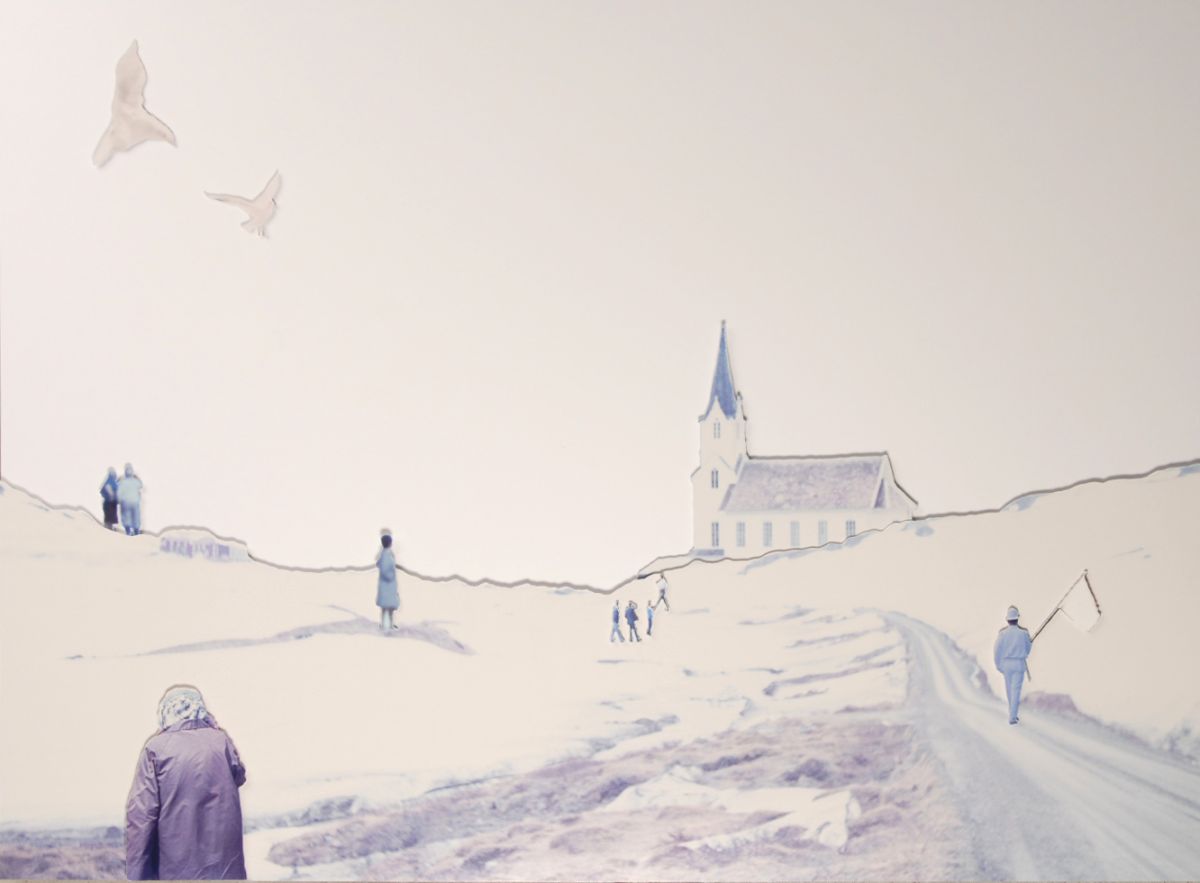
Doina Kraal (NL) BOUNDLESS STRETCHES OF LAND, 2008
Duraclear prints, back projection screen tube lights, wood,
Sloterkade 171, Amsterdam
Installation view. Through the window a series of duraclear prints can be viewed. These transparent prints are placed behind each other and behind that is a back projection screen. Behind the screen are coloured tube lights, programmed to make the light change slowly.
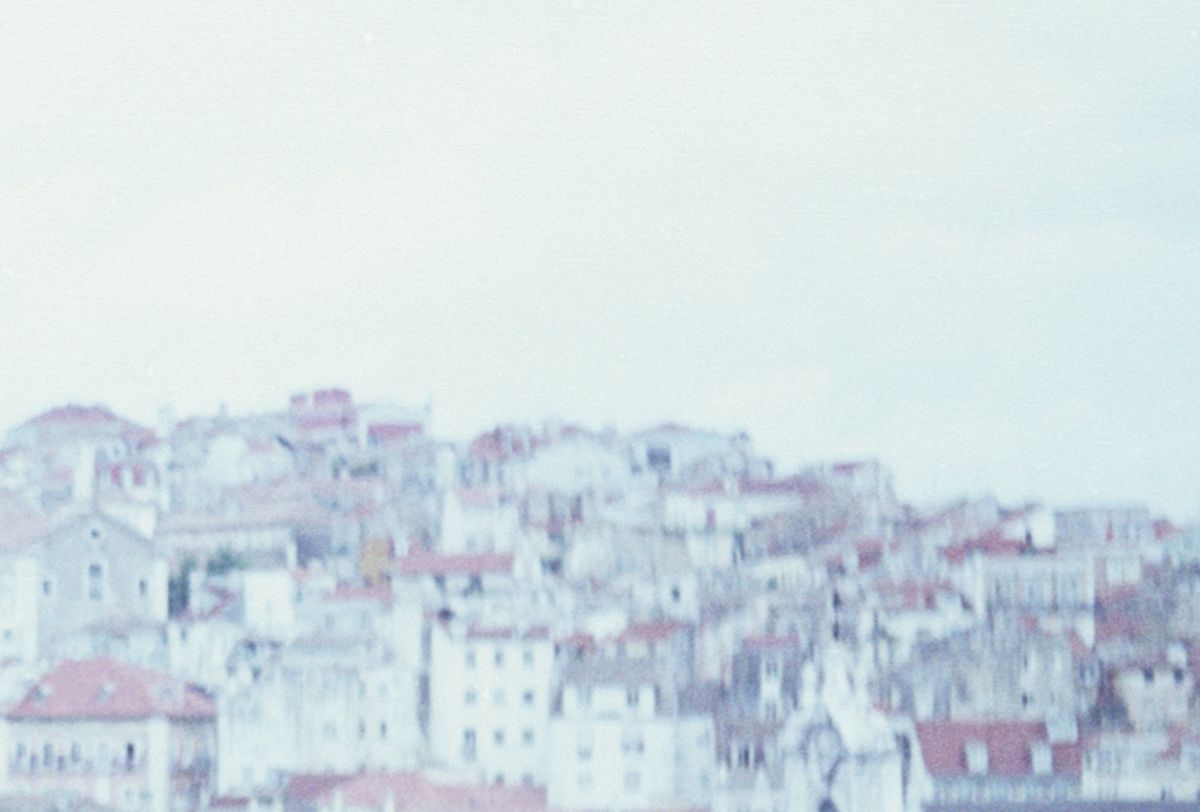
Doina Kraal (NL) BOUNDLESS STRETCHES OF LAND, 2008
Duraclear prints, back projection screen tube lights, wood,
Sloterkade 171, Amsterdam
Installation view. Through the window a series of duraclear prints can be viewed. These transparent prints are placed behind each other and behind that is a back projection screen. Behind the screen are coloured tube lights, programmed to make the light change slowly.
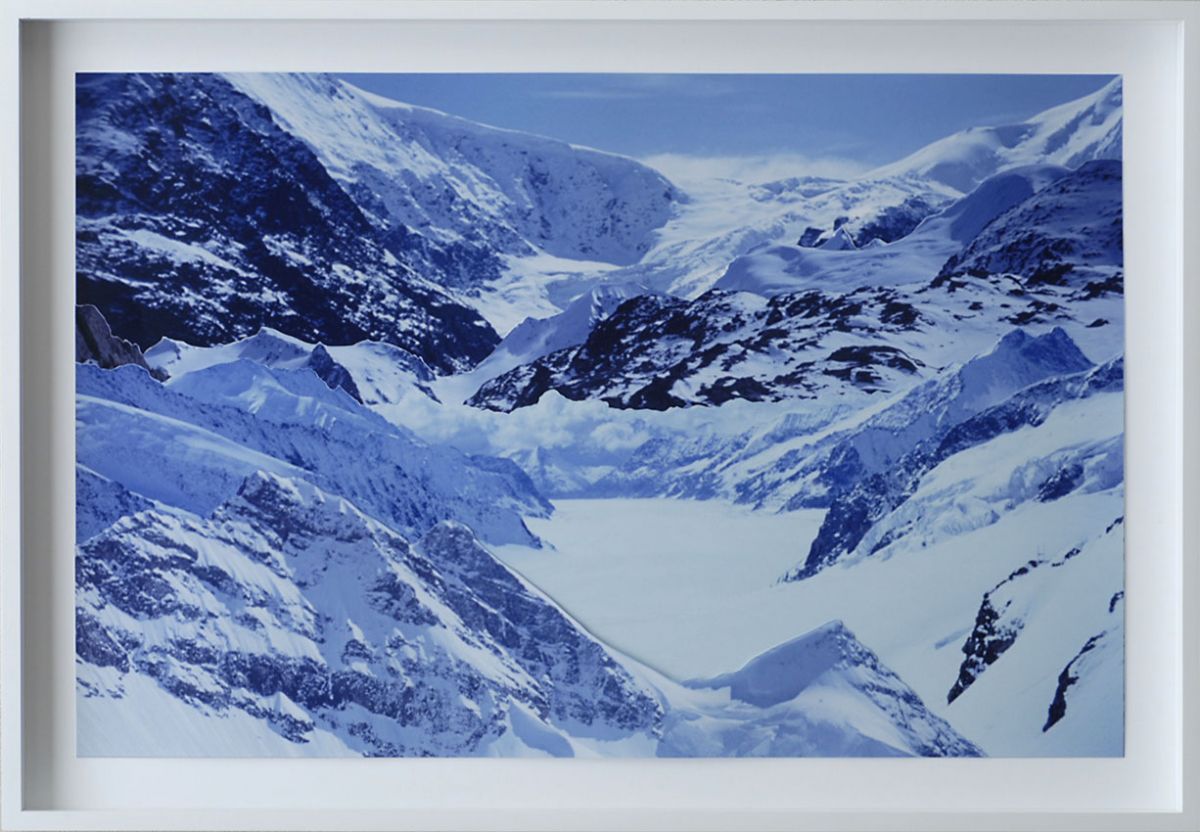
Doina Kraal (NL) BOUNDLESS STRETCHES OF LAND, 2008
Duraclear prints, back projection screen tube lights, wood,
Sloterkade 171, Amsterdam
Installation view. Through the window a series of duraclear prints can be viewed. These transparent prints are placed behind each other and behind that is a back projection screen. Behind the screen are coloured tube lights, programmed to make the light change slowly.
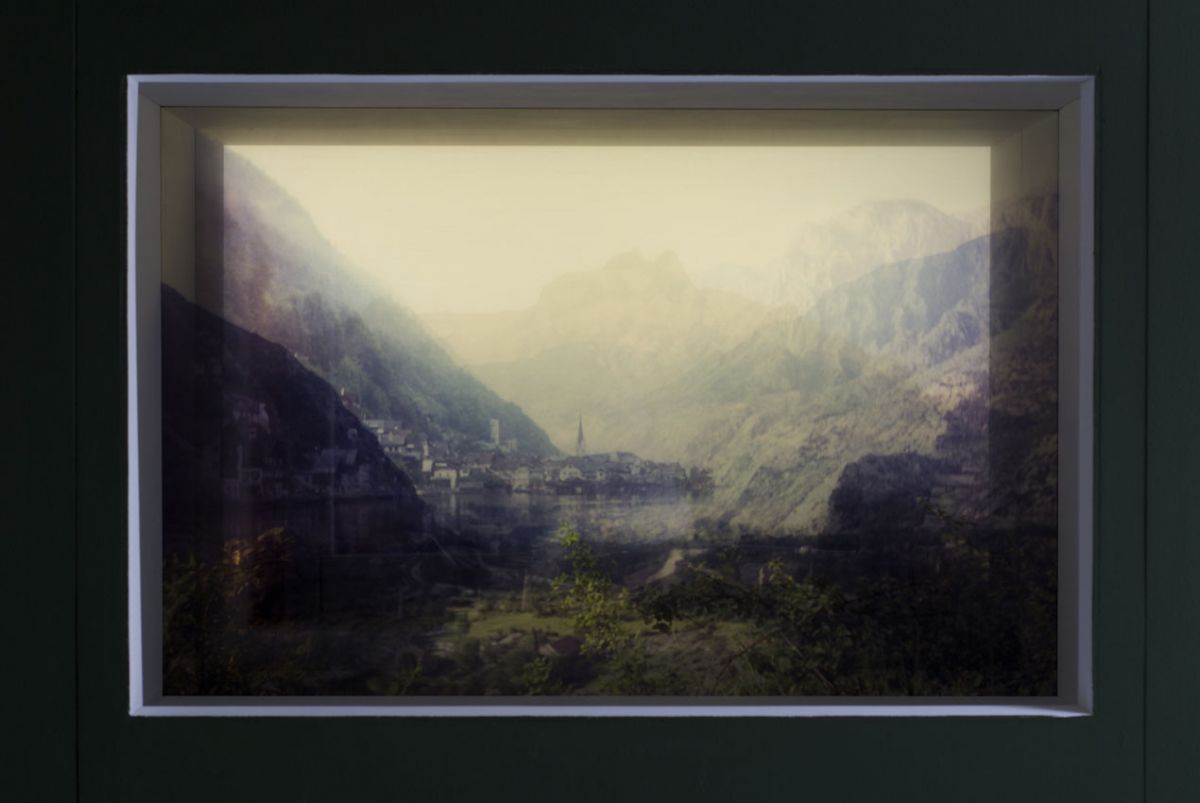
Doina Kraal (NL) BOUNDLESS STRETCHES OF LAND, 2008
Duraclear prints, back projection screen tube lights, wood,
Sloterkade 171, Amsterdam
Installation view. Through the window a series of duraclear prints can be viewed. These transparent prints are placed behind each other and behind that is a back projection screen. Behind the screen are coloured tube lights, programmed to make the light change slowly.
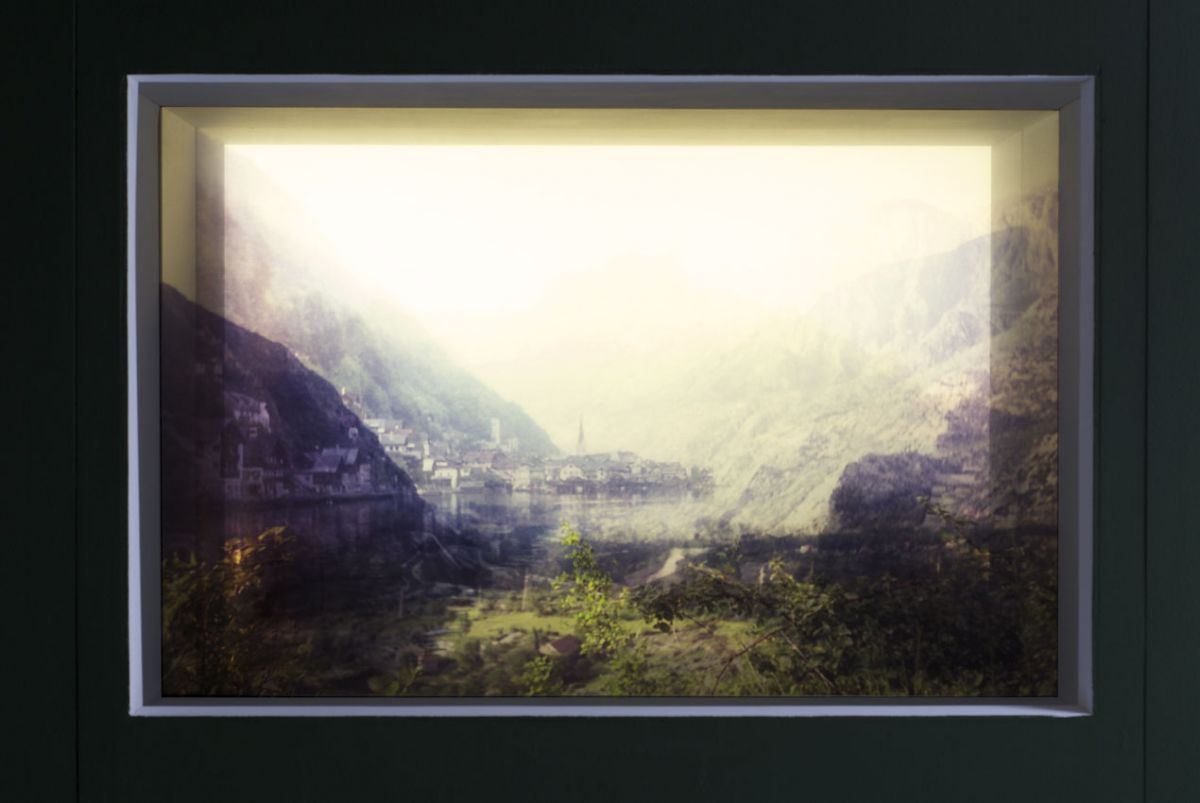
Doina Kraal (NL) BOUNDLESS STRETCHES OF LAND, 2008
Duraclear prints, back projection screen tube lights, wood,
Sloterkade 171, Amsterdam
Installation view. Through the window a series of duraclear prints can be viewed. These transparent prints are placed behind each other and behind that is a back projection screen. Behind the screen are coloured tube lights, programmed to make the light change slowly.
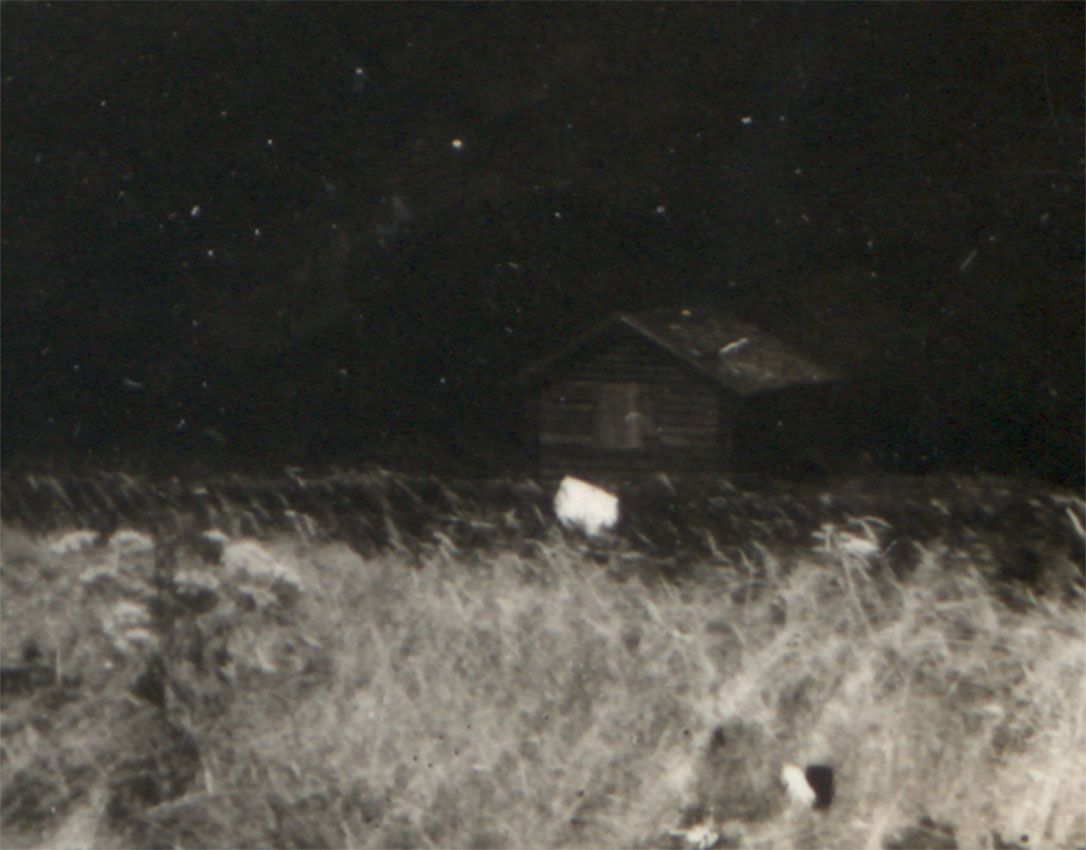
Doina Kraal (NL) BOUNDLESS STRETCHES OF LAND, 2008
Duraclear prints, back projection screen tube lights, wood,
Sloterkade 171, Amsterdam
Installation view. Through the window a series of duraclear prints can be viewed. These transparent prints are placed behind each other and behind that is a back projection screen. Behind the screen are coloured tube lights, programmed to make the light change slowly.
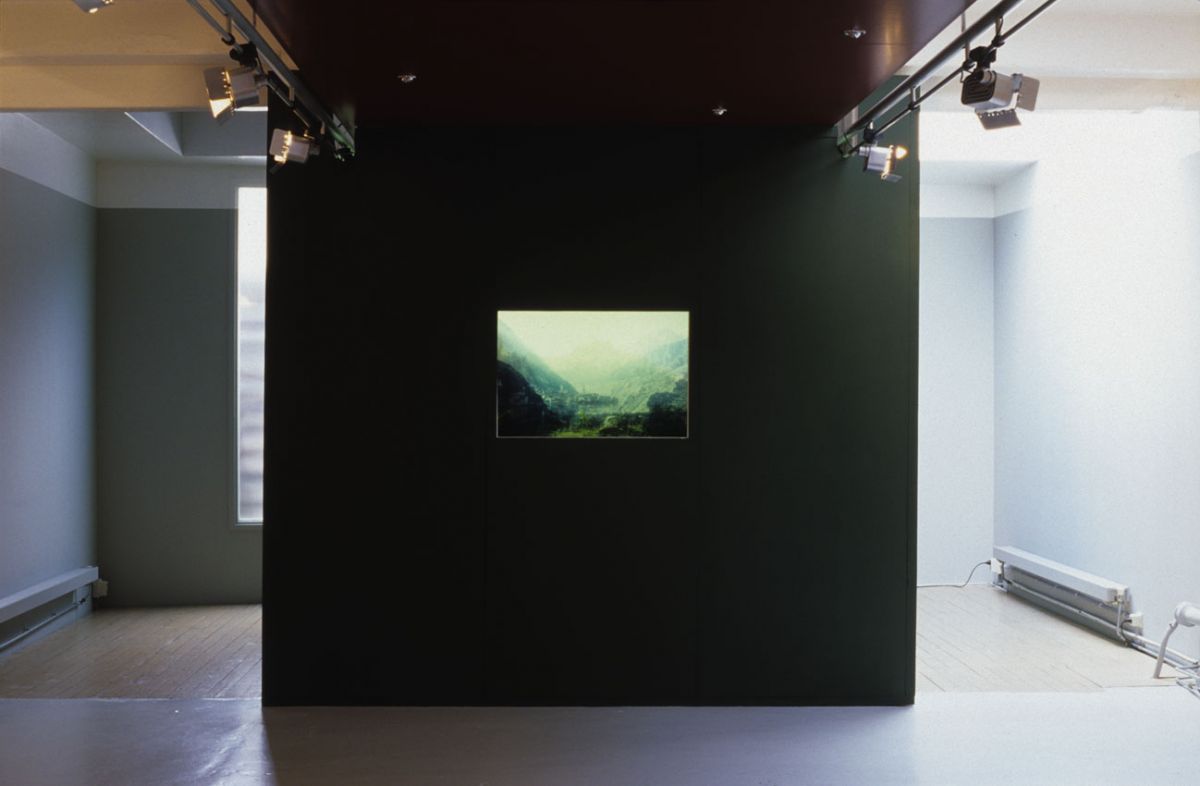
Doina Kraal (NL) BOUNDLESS STRETCHES OF LAND, 2008
Duraclear prints, back projection screen tube lights, wood,
Sloterkade 171, Amsterdam
Installation view. Through the window a series of duraclear prints can be viewed. These transparent prints are placed behind each other and behind that is a back projection screen. Behind the screen are coloured tube lights, programmed to make the light change slowly.
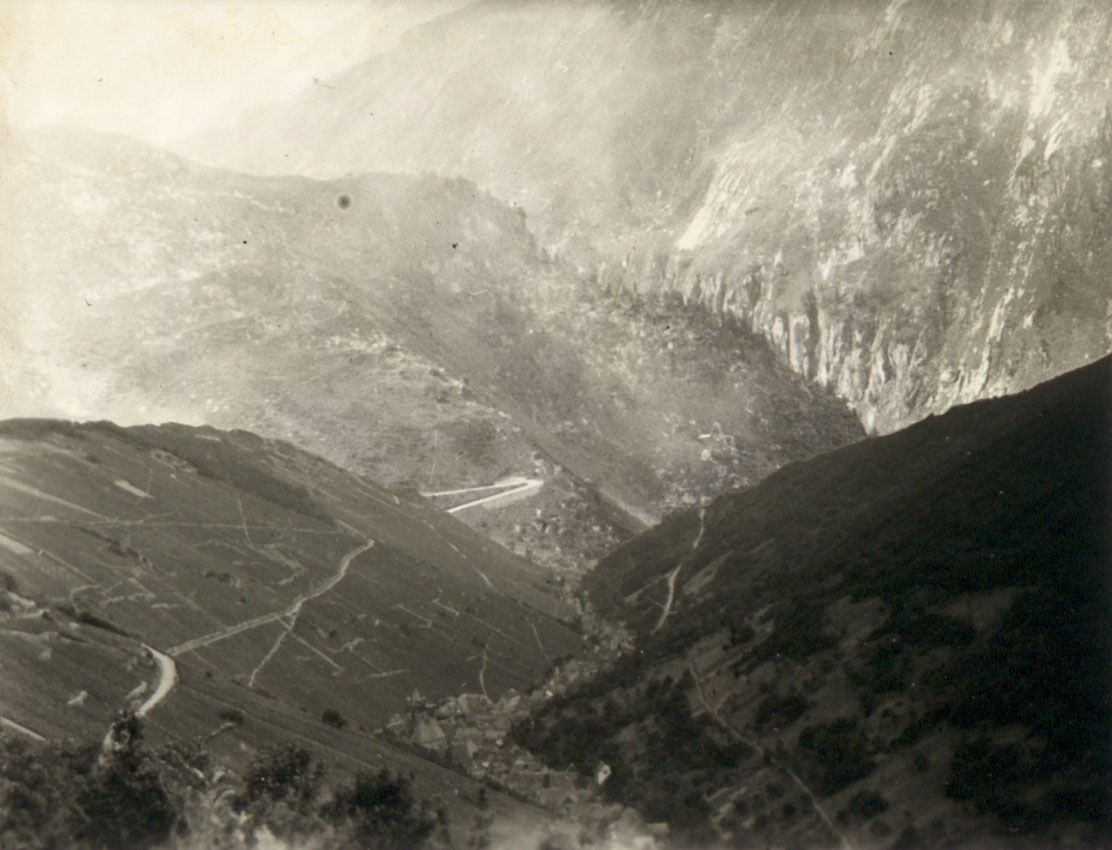
Doina Kraal (NL) BOUNDLESS STRETCHES OF LAND, 2008
Duraclear prints, back projection screen tube lights, wood,
Sloterkade 171, Amsterdam
Installation view. Through the window a series of duraclear prints can be viewed. These transparent prints are placed behind each other and behind that is a back projection screen. Behind the screen are coloured tube lights, programmed to make the light change slowly.
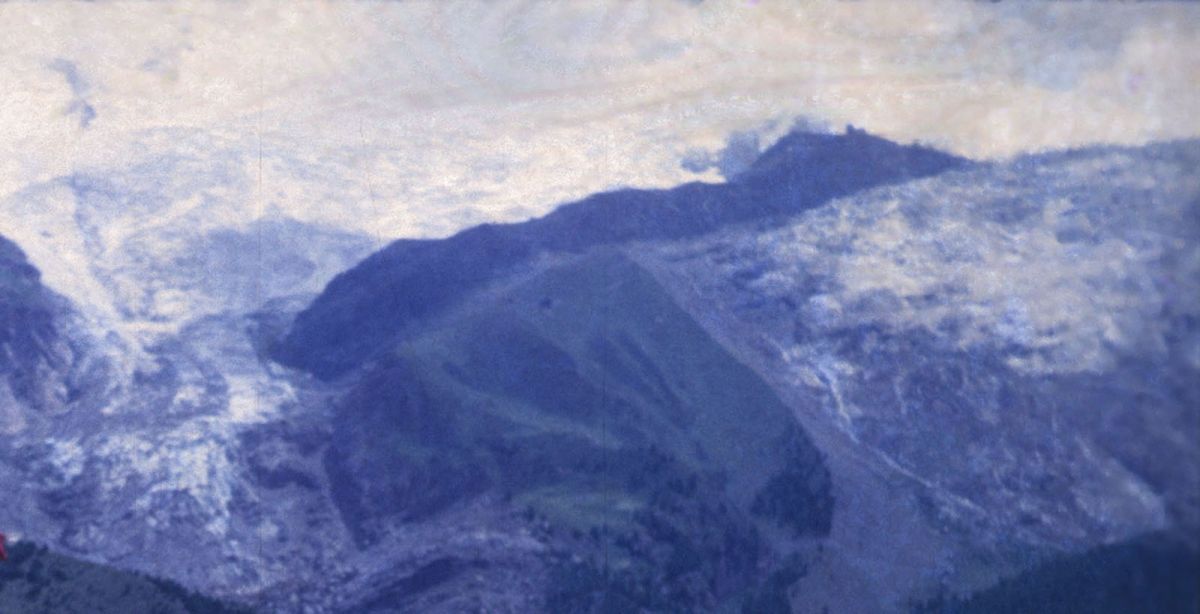
Doina Kraal (NL) BOUNDLESS STRETCHES OF LAND, 2008
Duraclear prints, back projection screen tube lights, wood,
Sloterkade 171, Amsterdam
Installation view. Through the window a series of duraclear prints can be viewed. These transparent prints are placed behind each other and behind that is a back projection screen. Behind the screen are coloured tube lights, programmed to make the light change slowly.
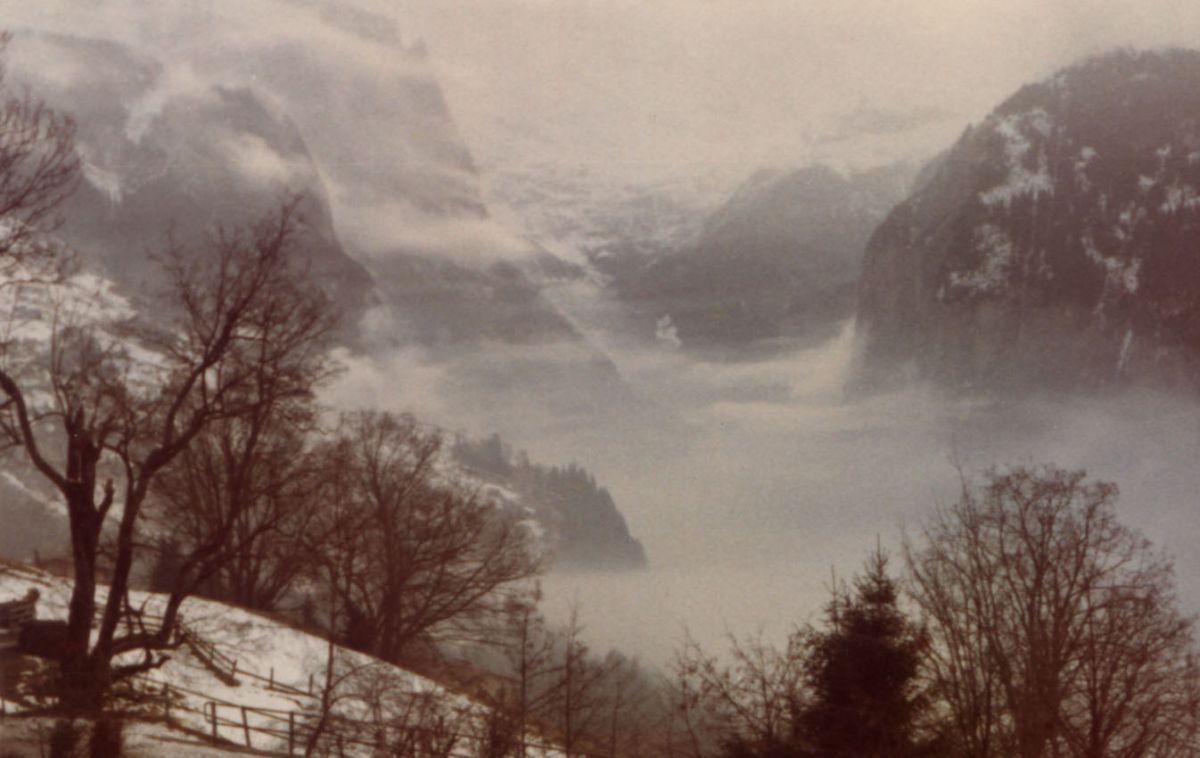
Doina Kraal (NL) BOUNDLESS STRETCHES OF LAND, 2008
Duraclear prints, back projection screen tube lights, wood,
Sloterkade 171, Amsterdam
Installation view. Through the window a series of duraclear prints can be viewed. These transparent prints are placed behind each other and behind that is a back projection screen. Behind the screen are coloured tube lights, programmed to make the light change slowly.
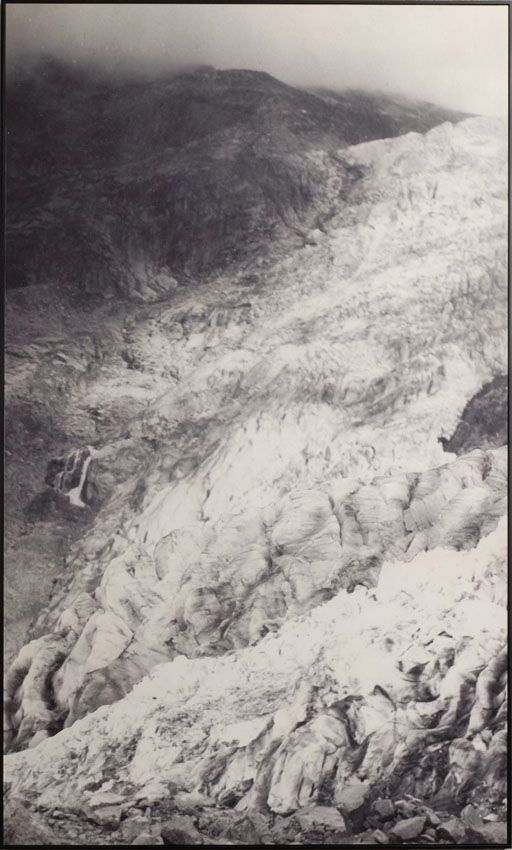
Doina Kraal (NL) BOUNDLESS STRETCHES OF LAND, 2008
Duraclear prints, back projection screen tube lights, wood,
Sloterkade 171, Amsterdam
Installation view. Through the window a series of duraclear prints can be viewed. These transparent prints are placed behind each other and behind that is a back projection screen. Behind the screen are coloured tube lights, programmed to make the light change slowly.
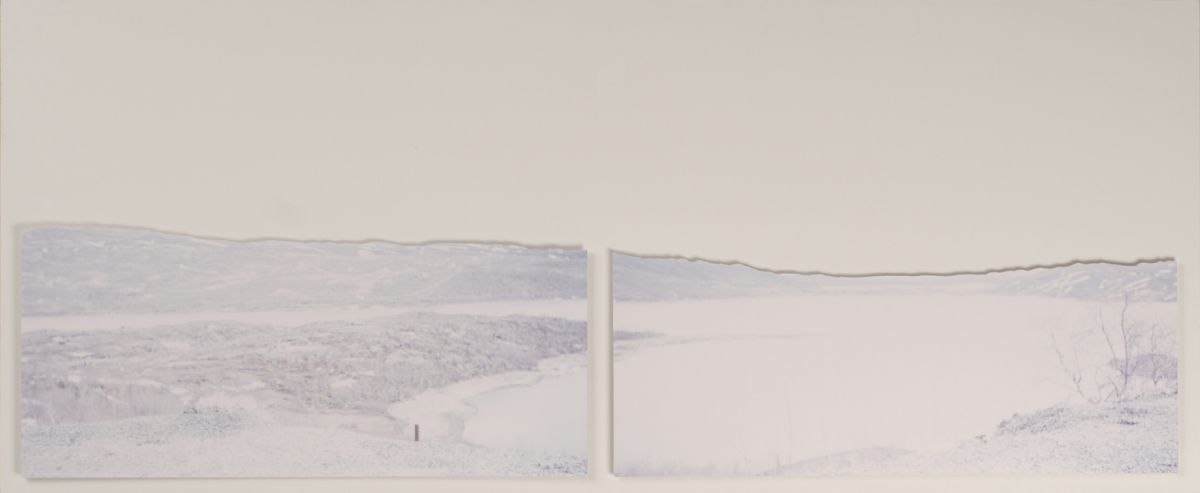
Doina Kraal (NL) BOUNDLESS STRETCHES OF LAND, 2008
Duraclear prints, back projection screen tube lights, wood,
Sloterkade 171, Amsterdam
Installation view. Through the window a series of duraclear prints can be viewed. These transparent prints are placed behind each other and behind that is a back projection screen. Behind the screen are coloured tube lights, programmed to make the light change slowly.
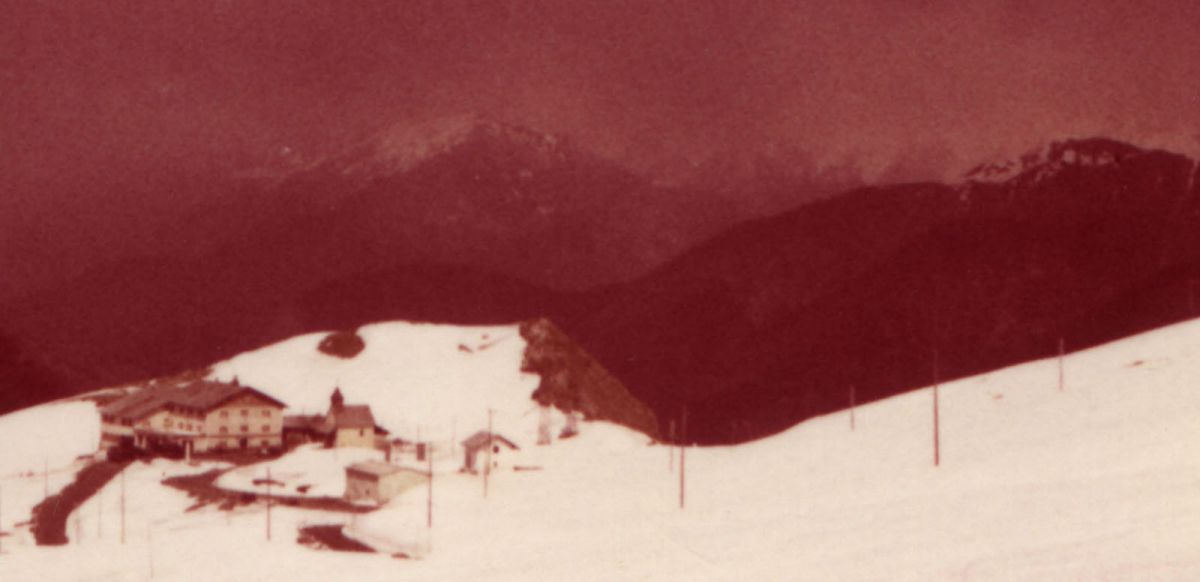
Doina Kraal (NL) BOUNDLESS STRETCHES OF LAND, 2008
Duraclear prints, back projection screen tube lights, wood,
Sloterkade 171, Amsterdam
Installation view. Through the window a series of duraclear prints can be viewed. These transparent prints are placed behind each other and behind that is a back projection screen. Behind the screen are coloured tube lights, programmed to make the light change slowly.
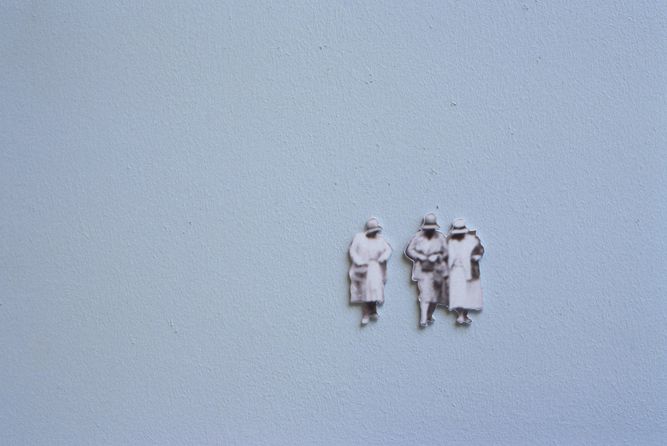
Doina Kraal (NL) BOUNDLESS STRETCHES OF LAND, 2008
Duraclear prints, back projection screen tube lights, wood,
Sloterkade 171, Amsterdam
Installation view. Through the window a series of duraclear prints can be viewed. These transparent prints are placed behind each other and behind that is a back projection screen. Behind the screen are coloured tube lights, programmed to make the light change slowly.
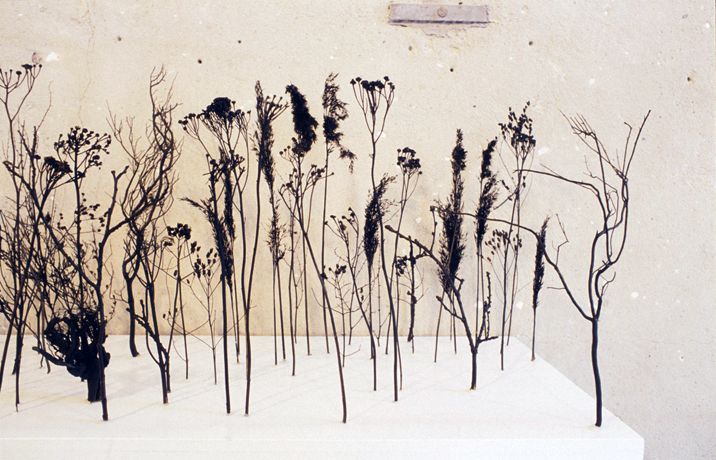
Doina Kraal (NL) BOUNDLESS STRETCHES OF LAND, 2008
Duraclear prints, back projection screen tube lights, wood,
Sloterkade 171, Amsterdam
Installation view. Through the window a series of duraclear prints can be viewed. These transparent prints are placed behind each other and behind that is a back projection screen. Behind the screen are coloured tube lights, programmed to make the light change slowly.